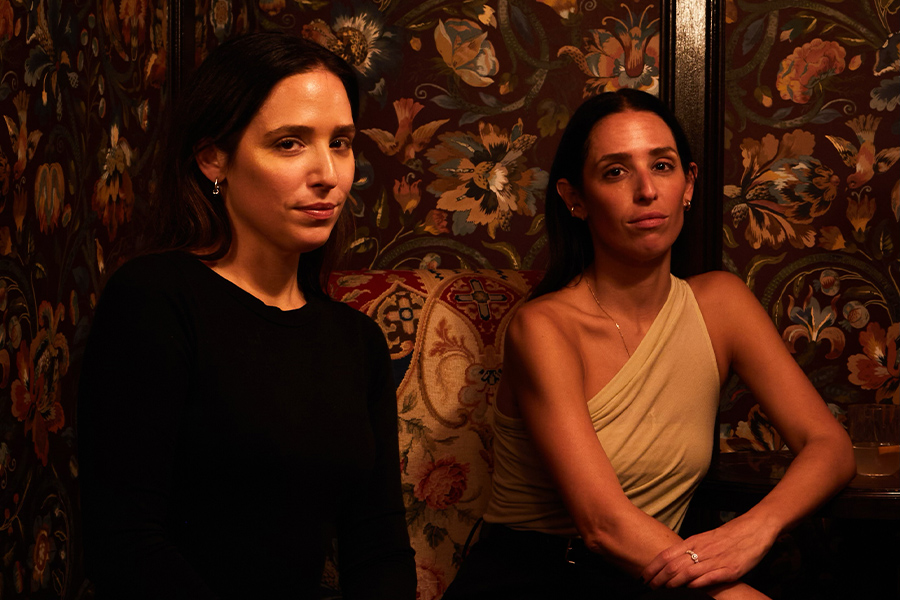When Isabelle Olsson joined Google X in 2011, Google Glass was a cumbersome design that resembled a scuba mask and a cellphone. But Olsson, influenced by a minimalist Scandinavian aesthetic, crafted a sleek, fashionable tortoise-shell frame that speaks to her function-meets-beauty ethos. Since then, she’s been responsible for industrial design for Google’s products in the home and wearables, and in charge of color, materials, and finish for all Google Hardware, ultimately helping to deliver products that are making our lives easier while still looking good.
Rethinking technology
Google Hardware Design works under three core principles: human (inspired by Google’s familiar tone of voice), optimistic (products that are helpful and make people smile), and daring (“We question the status quo,” she says, “so we’re not doing something the same way it’s been done before”). When these three philosophies come together, it proves the small ideas are just as exciting as the big ones. Google Home’s fabric, for example, is a durable material that can easily wrap around the device while seamlessly hiding the technology behind it. “We try to look for opportunities where we can do something that is easy to manufacture—that meets the functional requirements while being aesthetically pleasing.”
The color test
Since its beginning, color has always been part of Google’s DNA. “This idea of being colorful is exciting to us,” she says. “But the key is that our products fit into people’s lives.” One of Olsson’s tricks when deciding a new color is to paint her nails that same hue and wear it around for a few weeks. This allows her to see how it looks in different lighting conditions and environmental settings. “If I still like it three weeks later, it’s the first indication that it might be something that works over time.” This is only one step in a multipronged approach. “If the product is designed for the home and you’re going to live there for a long time, how can you create new, exciting colors that still stand the test of time?” she asks.
Innovation isn’t easy
“At the end of the day what is most valuable is to put prototypes on the table,” she says. “The earlier in the process you can determine what you’re trying to do, the better off you are. If you’re running in different directions, you might not even realize it.” With Google Home Hub, early prototypes “just didn’t feel right.” The team went back to the drawing board and created simple foam core models made with a whiteboard material in a variety of sizes. They brought them home and would draw on it with what they wanted their Google Home Hub to be able to do, including sharing the weather forecast. “The main part of my job is to envision what the future looks like and then work backwards,” she says. “If you are optimistic that the world is going to get better, you approach things from a different perspective. You don’t approach it as a challenge, you approach it as an opportunity. A lot of us share that level of optimism, and that pushes us to try new things and have the confidence to do it.”


